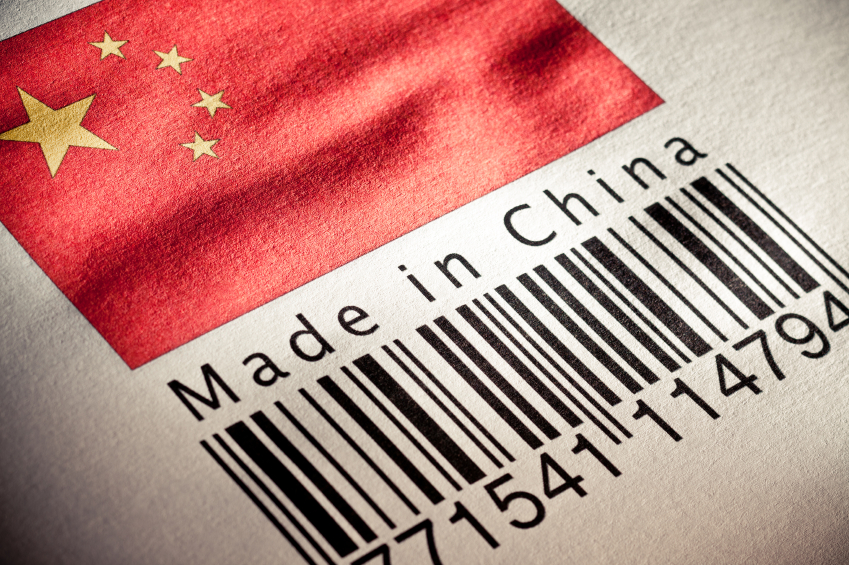
Made in China 2025 is a strategic development plan promoted by the Chinese government which aims at improving the international competitiveness of the Chinese manufacturing industry within 2025 through a greater use of robotization and automation processes.
Financing and incentives shall be granted for such purpose to Chinese companies who intend to purchase or develop technological knowhow in collaboration with foreigner companies.
While the interest of Chinese enterprises entering into this kind of agreement is the result of market requirements and national planning, for foreign enterprises this kind of collaboration may entail the risk of losing value built by the company over the years, or – if well managed – the possibility to support further investments for research and development. Because of this and of the high value of the asset at stake, legal and operative precautions need to be taken to ensure the correct performance of such operations.
A Company’s know-how may be transferred to China with different purposes and methods: the transfer may occur through license agreements simply providing (fixed or variable) economic consideration, or through investment in the Chinese market by using the know-how transfer as capital share in the establishment of a Joint Venture (limited liability company jointly established by a foreign and a Chinese party). In both cases it is essential to enter an independent agreement, other than the Joint Venture agreement, which sets forth the terms and conditions of further use and development of the know-how.
Since know-how is immaterial, it is first of all necessary to be as clear and detailed as possible in defining what know-how is being transferred and what activities are needed for the transfer. Indeed in a number of cases, the learning hurdle encountered by the Chinese personnel or its continuous turnover have led to claims – with or without grounds – regarding the proper performance of the contract by the foreign operator, requiring a potentially unending number of interventions to reach the required result.
If the technology transfer is part of a wider operation which entails the establishment of a company in China, even though at the beginning no financial effort is requested to start the business, it is advisable to employ foreign staff, or staff selected by the foreign company in China who may coordinate and supervise the initial operations right from the start.
When, instead, the technology transfer is subject to an independent agreement, specific measures shall be planned in order to report and share information, allowing the foreign party to calculate the agreed economic contribution.
It is also worth mentioning that if possible disputes are under the Chinese Court’s jurisdiction, it is certainly advisable to draft the contract in Chinese, providing that in case of issues with any translated version, the Chinese version shall prevail. Otherwise, it is possible to decide that possible disputes be settled by Chinese or International arbitration institutions, and hence to draft the agreement also in a foreign language.
Further risks may arise if the parties also agree to transfer any intellectual property rights, such as trademarks or patents. In such cases before commencing any kind of operation the foreigner party shall verify the legal protection of such rights.
Evaluating the transfer operations of technological know-how in detail without underestimating their complexity even before starting negotiations is essential for companies which are interested in operating in China.
(Shanghai Office – Luigi Zunarelli – 0086 21 51501952)








